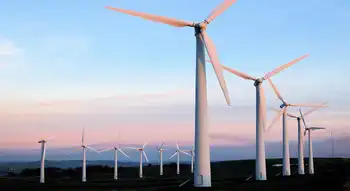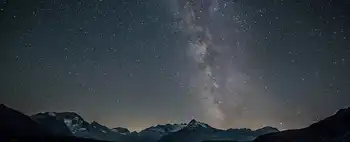Crack at nuclear plant explained
By St. Petersburg Times
Arc Flash Training CSA Z462 - Electrical Safety Essentials
Our customized live online or in‑person group training can be delivered to your staff at your location.

- Live Online
- 6 hours Instructor-led
- Group Training Available
Why did a 42-inch-thick wall at that nuclear plant separate into two layers during a big maintenance project last fall? Other nuclear plants have done similar jobs 26 times around the country, but no one ever saw a crack like Crystal River's — a crack that has kept the plant off-line for 11 months and piled up nearly a quarter of a billion dollars in outage costs.
NRC officials said they think they know the answers to that question and others.
First, NRC inspectors said Progress Energy's analysis of the crack — known as a delamination — was thorough and supported the company's conclusions about when and how it formed. And they concluded that because the wall separated when the plant was shut down with no fuel in the reactor, there was no risk of a release of radiation.
"The delamination did not represent an increase in risk to the public," NRC senior reactor inspector Louis Lake said during a public meeting to review the agency's findings.
Moreover, they said the Crystal River plant appears to be unique.
"We looked hard to see, is there something about this delamination that would cause us concern for other plants?" said Mark Franke, an engineering branch chief for the NRC's regional office for the southeast United States. "We found that we did not have an immediate safety concern for other nuclear facilities."
So what happened?
At the Crystal River reactor building, the barrier that keeps any sudden build-up of heat, pressure or radiation from escaping is a steel liner three-eighths of an inch thick. It covers the inside of the building. It is supported by a thick concrete wall that is strengthened with hundreds of tightened vertical and horizontal steel tendons.
Last September, workers shut down the plant and began relaxing the tension in some of those tendons so they could cut a big hole in the reactor building wall to remove and replace two huge steam generators. Easing the tension caused unexpected stresses inside the concrete, and that formed the delamination.
While other nuclear plants have cut holes in their walls, only a small number had similar designs and used similar methods, officials said. And Crystal River is still unique in the way its concrete was made and the tendons were put in the wall.
"Crystal River has larger tendons and fewer of them," Franke said. "If you can imagine, that means that each tendon makes a bigger difference to the local stresses in the concrete when you either tension or de-tension it." In another plant, with more tendons circling and reinforcing the liner like rubber bands, easing the tension in any one might not make as much of a difference.
Repairs at the plant are underway and Progress Energy has said it expects to restart the plant in the fourth quarter of this year. NRC officials said they will hold another such meeting before the plant goes back online.
Through June 30, Progress Energy had spent $245 million on the outage - $79 million on repairs and $166 million on replacement power while the plant is off-line. So far, insurance has covered $70 million of those costs, but the company has said it will seek Florida Public Service Commission approval to charge customers for whatever its insurance doesn't cover. At this point, it's too soon to know what that means for customers' power bills.
Before the plant goes back online, Progress Energy plans to put the repaired building through an unusual test, one typically done during the initial construction. It will use compressed air to raise the pressure inside the containment building to 15 percent more than what the company would ever expect to see during an emergency. It plans to take measurements around the building while the pressure is high and compare them to its analyses to confirm that the containment building is responding as the company expects that it would in an emergency.
"As stewards of nuclear technology, it is important that we take an event like this extremely seriously," said Jon Franke, Progress Energy's site vice president for the Crystal River nuclear plant and no relation to Mark Franke. "We're going to ensure that this plant is, first, safe from a nuclear operating standpoint before we bring it back into service."
Afterward, one resident said she found the presentation to be clear, detailed and reassuring. Beverly Overa of Homosassa Springs said her family lived through the 1979 nuclear accident at Three Mile Island in Pennsylvania, and she was looking for three things: an admission that this event surprised Progress Energy, an indication that the company brought in top experts to analyze the problem and a commitment to using similar expertise on a plan going forward.
"I heard what I needed to hear as a citizen," Overa said.
But because what happened was unprecedented, business owner Ophelia Payne of Lecanto was not as sure.
"Should I be comfortable with that," she said, "that it's going to work because someone says it's going to work?"











